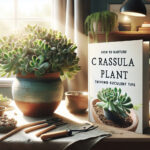Introduction
Regarded as a cherished gem among plant enthusiasts, the Crassula, often revered for its resilient and plump foliage, stands as a paragon of the succulent family. Yet, even this sturdy plant isn’t immune to distress, as many gardeners might discover their Crassula’s leaves mysteriously withering and falling off. It’s an issue that, much like a puzzle, demands the patient assembly of clues to reveal the underlying causes. Recognizing these telltale signs is about more than mere aesthetics; it’s crucial for ensuring the long-term vitality of your green companion.
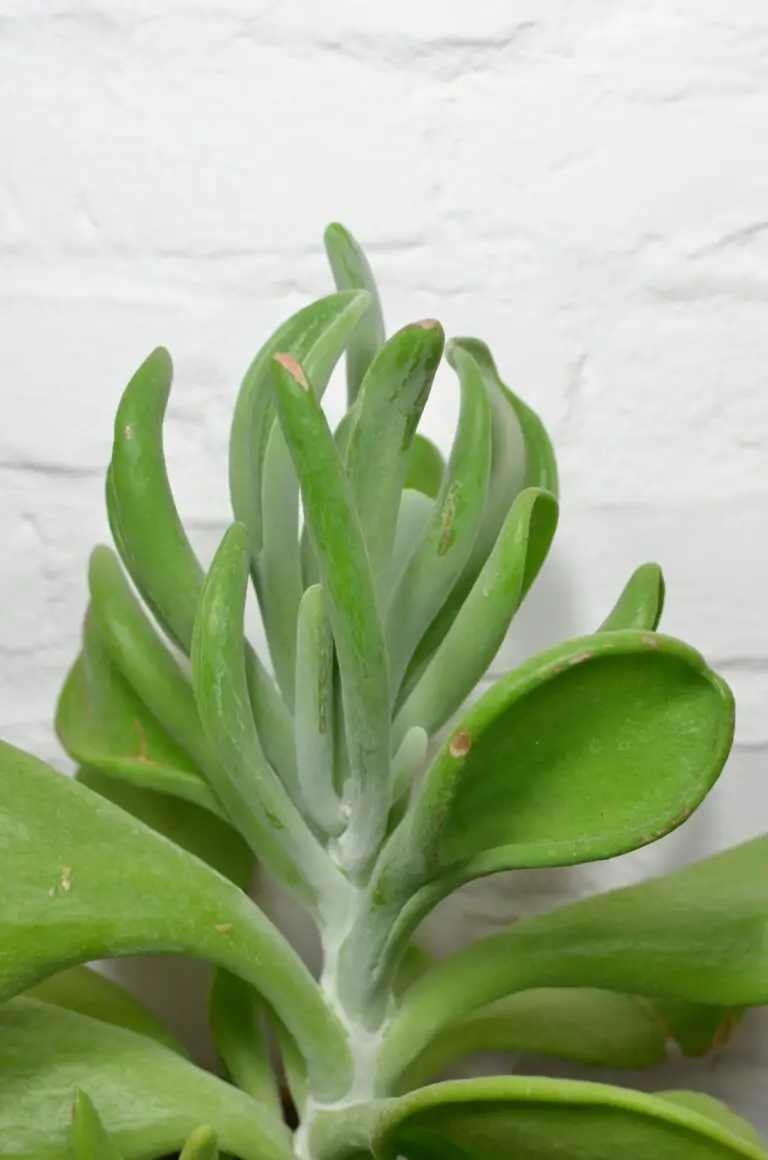
From the sun-drenched windowsills of suburban bungalows to the high-rise apartments where space is a luxury, the Crassula has adapted with remarkable grace. Yet, the same sunbeam that kisses its leaves with life can, when too harsh or absent, lead to a leaf-dropping dilemma. As the proud caretakers of these verdant buddies, we must don a detective’s hat and delve into the vast repository of Crassula plant care knowledge to prevent this distressing occurrence.
To embark on this botanical journey, one might explore the wealth of tips for cultivating healthy Crassula plants, uncovering the secrets that lie in mastering the art of succulent care. Are you ready to unravel the mystery behind your Crassula’s untimely leaf loss and restore its former splendor?
Common Causes for Crassula Leaf Loss
Do you find yourself puzzled by the sight of your Crassula losing its once-lush leaves? Let’s demystify this conundrum together. Imagine your Crassula as a green friend who’s a tad finicky about its living conditions. Just like us, these succulents need a balance to maintain their cheer. But when that balance is disrupted, their delicate leaves are the first to send an SOS signal.
Overwatering is arguably the most common faux pas plant parents commit against their Crassula. Picture this: roots gasping for air as they’re drenched in soggy soil. It’s no wonder the leaves bid adieu in protest! Conversely, underwatering can leave your Crassula like a guest at a banquet with empty plates, causing leaves to wilt in disappointment.
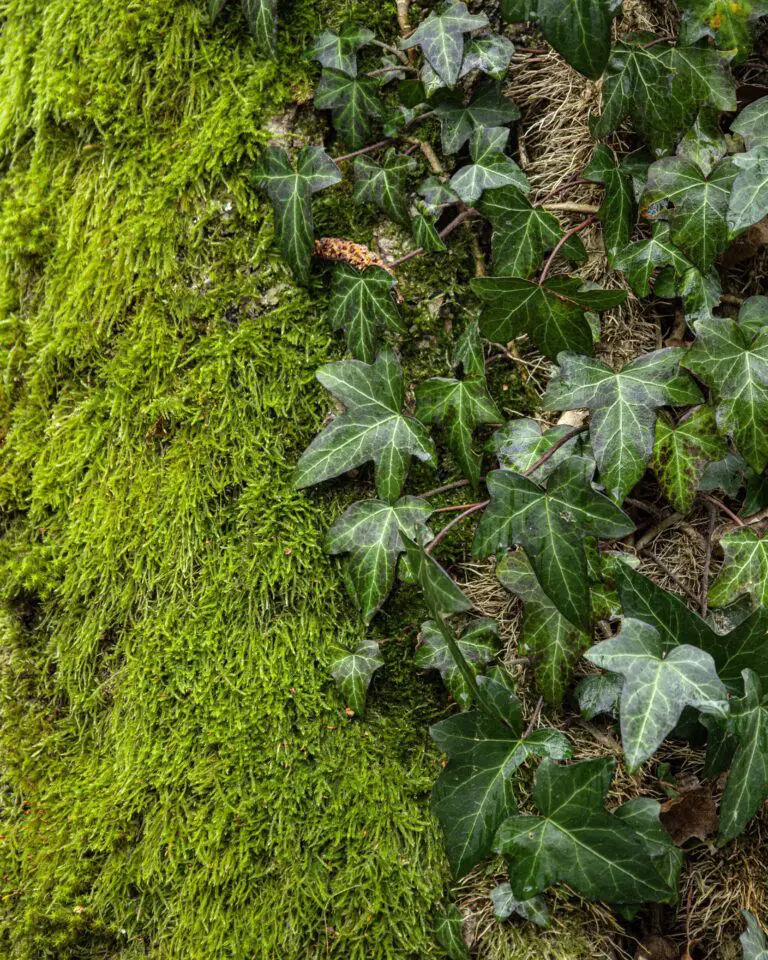
Think of temperature stress as an unwelcomed weather rollercoaster for your Crassula, where sudden chills or heat waves cause these succulents to shed leaves faster than one changing gears on a steep drive. It’s like your plant donning or ditching layers in a futile effort to stay comfy.
Insufficient lighting, on the other hand, is akin to having your Crassula squinting in the dark, searching for its lost sun hat. Leaves fade and fall like forgotten, shadow-cast dreams. To keep those leaves clinging on, a spot by a sunny window could be the answer to your Crassula’s prayers. Explore some care tips for a thriving Crassula, and see how moving it closer to light reshapes its world.
Lastly, poor soil conditions can be a silent leaf-killer, barely noticeable until your Crassula’s base is as barren as abandoned plains. The right mix can create a haven of nutrients, whereas the wrong blend might as well be quicksand to an otherwise robust plant.
Longevity for these green companions can be achieved without a hitch, by deciphering their subtle cues. For a deeper understanding of the succulent lifestyle, take a peek at the world of succulent splendor, and arm yourself with the wisdom to keep them thriving for seasons to come.
Overwatering: A Succulent’s Enemy
Amid the hustle of caring for houseplants, one silent assailant often goes unnoticed until the damage is spotted on our beloved green companions. Take the case of the Crassula, a resilient succulent that can endure various conditions but still has its kryptonite—overwatering. This is the unspoken misery that may have you asking, “Why is my crassula losing leaves?”
The signs are telling if one knows what to look for. A too-generous water regimen can send your Crassula into a state of distress, signaling you with leaves that are not just falling, but are often discolored, mushy, and translucent. It’s a visual cue similar to waving a high-alert banner in a tranquil green parade, a somber realization that you’ve crossed the threshold of hydration into waterlogged woes.

How does such a succulent shipwreck occur? Overwatering your Crassula inhibits its ability to breathe, figuratively drowning the roots which, in turn, compromises the plant’s structural integrity. The once sturdy stems begin to falter under the weight of water-logged leaves, foreshadowing the inevitable leaf drop. It’s as though the Crassula’s roots are treading water in a desperate bid for air.
But don’t hoist the white flag just yet! If your green thumb has accidentally tipped the scales toward excess, there are life preservers you can throw to your succulent. Allow the soil to dry out completely between waterings, and check that your pot has adequate drainage. This is akin to giving your Crassula a lifeboat in an ocean of damp despair. Dare we say, less is often more when it comes to quenching the thirst of these desert denizens.
In conclusion, while we all make waves in our journey of plant parenthood, vigilant attention to the tides of moisture can keep your Crassula buoyant and thriving. Let’s learn to read the signs and steer clear of overwatering, ensuring that the only leaves dropping are those falling naturally with the seasons—sparing us the drama of unintended aquatic accidents.
Underwatering: Spotting the Signs
Just as overwatering your Crassula can lead to a leaf-drop predicament, underwatering can sneak up on you with an equally troubling effect. It’s a balancing act; too little hydration and your plant begins to echo the dryness of its native habitat a little too convincingly. But fear not, intrepid plant guardians, for underwatering is a mystery we can solve with a dash of observation and a splash of know-how!
Let’s visualize a neglected Crassula, shall we? Its normally plump, glossy leaves start to look like they’ve been on a diet – thin, wrinkled, and a bit on the droopy side. It’s the plant equivalent of a parched traveler in a desert, and it’s calling out for a drink. The soil tells a tale of its own, pulling away from the edges of the pot as if saying, “I’ve had enough of this dry spell!” When touched, it feels as lifeless as the surface of a barren planet.
Correcting the watering schedule isn’t just about pouring water willy-nilly. It’s about understanding the unique thirst of your plant. Assess the dryness, and when you water, do so thoroughly until it flows out of the drainage holes, because Crassula’s roots are eager for a deep, rejuvenating gulp.
And why stop at spotting the signs of underwatering when you can master the art of Crassula care? Extend your expertise beyond emergency interventions and learn how to cultivate a thriving, robust Crassula that can withstand the ups and downs of indoor gardening.
Remember, underwatering may not grab headlines like its notorious counterpart, but it’s a silent saboteur that can sneak up on the best of us. Regular check-ins with your Crassula accompanied by responsive care can keep your leafy comrade from waving the white flag of surrender.
Temperature and Environmental Stressors
Ever wonder why your usually resilient Crassula is suddenly playing leaf drop roulette? It’s not just being fickle—it’s all about the climate curveballs. Let’s get to the bottom of this plant predicament. Imagine yourself wrapped up in a cozy blanket on a chilly winter evening, perfectly content, and then—surprise!—someone flings open a window, letting in an arctic draft. That sudden shiver you feel is not unlike what your Crassula experiences when temperatures take an unexpected dive or soar without warning.
Crassulas, with their plump, jade-like leaves, are pretty chill when it comes to their temperature preferences, but they certainly have their limits. These succulents thrive in conditions that mimic their native habitat—relatively dry, with mild daytime temperatures and cooler nights. However, when the thermometer hits extremes, your Crassula feels the stress. Picture this: a scorching summer day where the sun beats down like a relentless drum line, leaving your Crassula’s leaves wilting as if they’re crying out for a shade umbrella and a cold drink.
Conversely, when the temperature plummets, your Crassula hunkers down à la “Game of Thrones,” bracing for winter’s worst. It’s a delicate balance trying to keep your green buddy comfortable amidst seasonal mood swings, and it’s not just about the thermometer. Humidity—or the lack of it—can turn your plant’s leaves into crispy critters or a soggy mess, depending on which way the dice rolls. And let’s not forget about airflow; a stagnant room can be the equivalent of leaving your plant in a stagnant, lovelorn ballad—just begging for a breath of fresh air!
So, what can you, as the guardian of your Crassula’s leafy domain, do about these capricious conditions? Monitoring and adjusting the environment is key. Keep a digital eye out with a thermometer and humidity gauge. During scalding summer siege or the attrition of winter’s bite, showing extra care with your Crassula’s location can mean the difference between leaf loss lament and verdant victory.

Remember, your Crassula isn’t just dropping leaves to keep you on your toes; it’s a cry for help, a sign to decipher. As a plant detective, it’s your job to piece together the environmental enigma. Have the temperatures been yo-yoing? Has your dry indoor air become a desiccating machine? In unraveling these clues, you’ll be well on your way to solving the mystery of your Crassula’s disappearing foliage act, ensuring that your succulent sidekick remains as lush and leafy as ever!
The Critical Role of Lighting for Crassula Health
If you’ve noticed your Crassula looking a little less plump and perky, with leaves dropping like hints you didn’t pick up, it’s time to turn our attention to lighting. Just like a good selfie relies on perfect lighting, the vitality of your Crassula depends heavily on this crucial factor. Let’s switch on the light of understanding and figure out how to cast your Crassula in the best possible glow.
Ideal lighting conditions for Crassula – it’s like the spotlight for a stage actor. These succulent plants adore a good dose of indirect, bright light. Imagine a rockstar basking in the adoration of fans – that’s your Crassula in its ideal lighting scenario. However, if your Crassula is stuck in the shadows or scorched by the unrelenting afternoon sun, leaf loss may be its way of giving you a standing ovation for all the wrong reasons.
A real-life tale comes to mind: once upon a time, a Crassula aficionado placed their prized plant on a dimly lit bookshelf. The plant soon started shedding leaves faster than an autumn tree. Lesson learned – Crassula, much like a book, needs light to be appreciated truly. The switch to a bright, but not direct sunlit windowsill turned the page to a happy chapter of robust health and no more dramatic leaf-dropping performances.
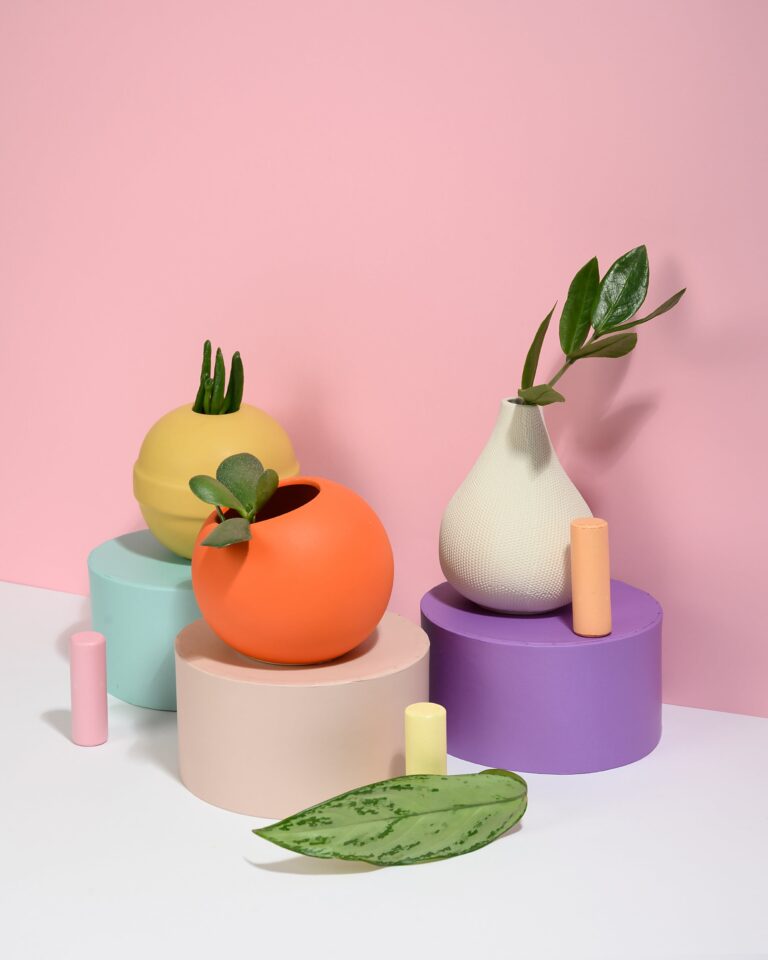
So remember, the lighting for your Crassula is not just a detail; it’s a headline act. Without proper lighting, your plump little friend might just wither into the backdrop. So, keep your Crassula in the limelight, albeit one that’s gentle and diffused, and watch it thrive, leaf by leaf.
Soil and Root Health: The Foundation of a Healthy Crassula
Ever wondered why your crassula, that once-thriving beacon of greenery, is starting to resemble a leafless twig? The answer could lie beneath the surface. The bond between soil and root health is undeniable, serving as the bedrock for your crassula’s well-being. Let’s dig deep and explore how a premium soil mix can make or break the lifeline of your cherished plant.
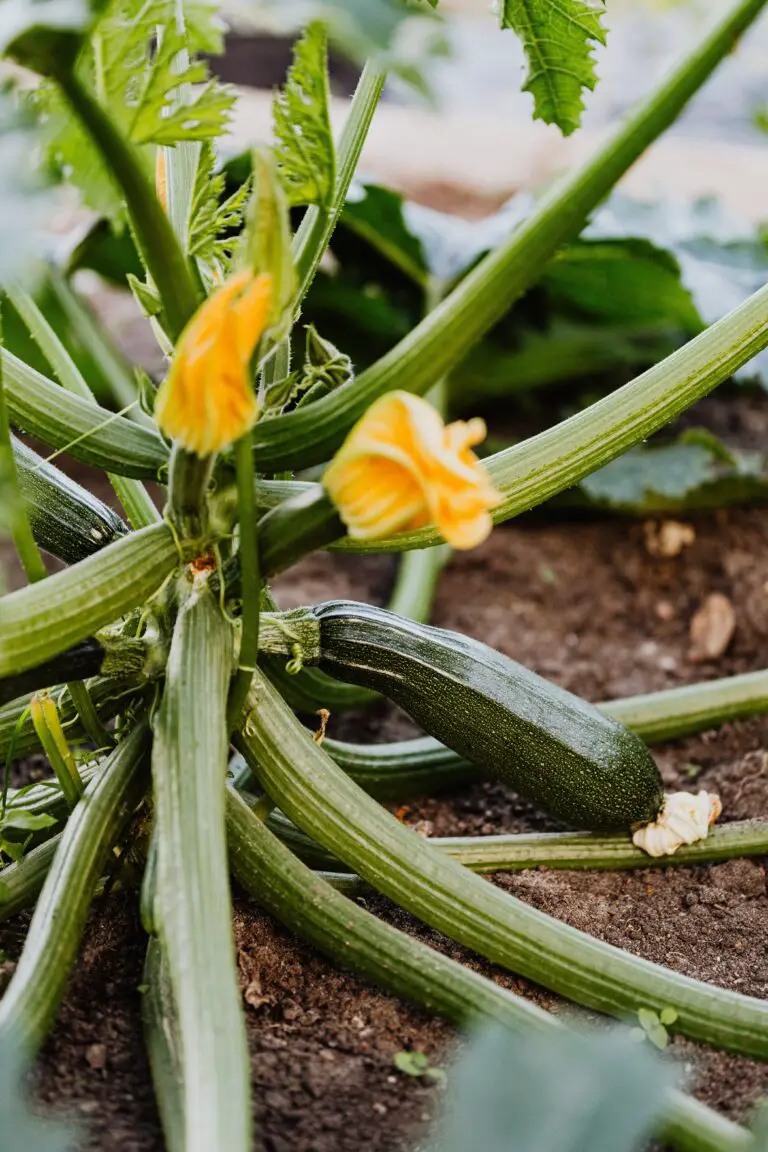
Think of your crassula’s soil as a gourmet meal packed with nutrients. Just as we need a balanced diet to thrive, your crassula craves a soil mix that’s just right – not too dense, but with enough texture to invite the roots to expand and breathe. A blend of coarse sand, peat, and perlite is often the ticket to preventing waterlogged roots that can lead to leaf drop.
Did you know that an overcrowded pot can stress out your crassula’s roots, causing them to compete fiercely for nutrients and space? This underground battle can manifest above ground as your slowly balding crassula. It’s like a packed elevator; no one has room to breathe, let alone grow. The solution? A spacious home where roots can sprawl out and freely waltz through the nutrient-rich earth.
Picture this: after a relaxing coastal trip, your crassula is accidentally flooded with salty water. Just like a bad vacation souvenir, salt build-up in the soil is a no-go. It forces roots to dehydrate, clutching their metaphorical throats, and unable to support your plant’s luscious leaves. Flush away these salts with pure water, and watch your crassula heave a sigh of relief.
Whether you’re a seasoned green thumb or a budding plant enthusiast, remember this: healthy roots equal happy leaves. And it all starts with a little scrutiny of your crassula’s earthy bed. So, go ahead, treat your crassula to a soil spa day. Your green friend will thank you with a canopy of leaves that’s full, vibrant, and joyously intact!
Pest and Disease: Silent Culprits of Leaf Drop
Ever stared at your Crassula, perplexed and a tad heartbroken, as its leaves turn yellow and fall off like confetti? If you’ve nodded in agreement, you’re not alone. It’s the silent distress call from your plump, cheerful plant; pests and diseases could be the stealthy villains behind this leafy heist. So, let’s don our detective hats and uncover these hidden culprits!
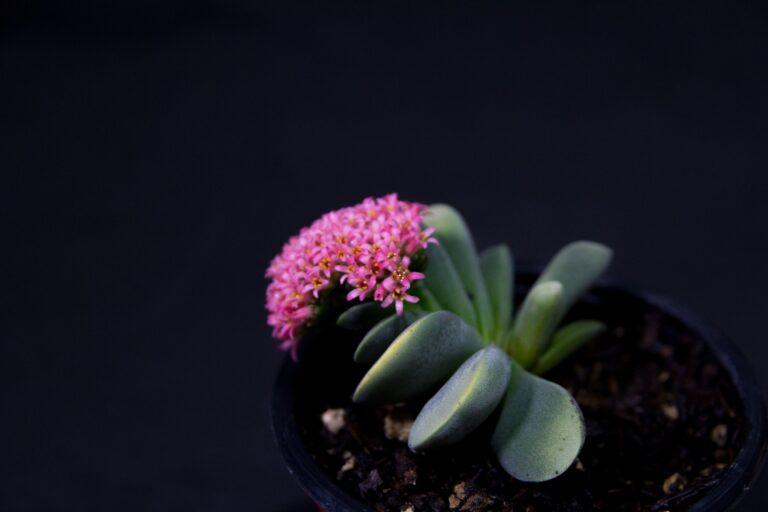
If you’ve ever had uninvited guests at a party, you’ll understand the annoyance of pests. The Crassula, though a hardy succulent, sometimes becomes a buffet for the sap-sucking renegades: mealybugs, spider mites, and aphids. Picture this: a mealybug, looking like a tiny cotton fluff, parked on the undersides of leaves, siphoning the life out of them. Before you know it, those vibrant leaves succumb to the pressure and drop!
Diseases, too, can creep in if given the chance. Fungal foes such as root rot can take hold if your Crassula bathes in more water than it can handle. Imagine pouring another glass of water at an already sodden party—no one enjoys that, especially not our Crassula with its need for a dry, well-drained soil bed.
The remedy? Be the sentinel your Crassula needs. Regularly inspect your plant for these pesky pests, especially if you notice the first signs of dismay. A neem oil spray might just be the eco-friendly superhero spray you need. On the disease end, ensuring a proper watering schedule can often prevent the onslaught of pathogenic parties. If the soil feels as damp as a rainforest floor, hold off on the waterworks. Prevention is always better than cure, but should trouble arise, fungicides and a reassessment of your plant care routine will nurse your Crassula back to health.
Remember, the Crassula’s cry for help with leaf drop is not the end; it’s a nudge for you to examine and protect your photosynthetic friend from these tiny, often invisible, adversaries. With vigilance and care, your succulent will continue to be the sturdy, leafy trophy in your plant collection.
Nurturing Your Crassula: Best Practices
Have you ever watched the tenacious crassula capably persist in the most challenging of environments? Yet, in our homes, these succulent beauties sometimes seem to struggle, and leaves may begin to voyage to the floor. Fear not! We’re going to explore the sagacious ways to ensure your green companion thrives, reminding us of nature’s resilience.
Consider the watering can as your magic wand; it’s all about when and how you make it rain for your crassula. Too much water and the roots will protest; too little and the leaves shrivel in silent angst. The perfect balance? Allow the soil to dry out just a touch between drinks, and always be mindful that your beloved plant’s roots are not mired in soggy soil.
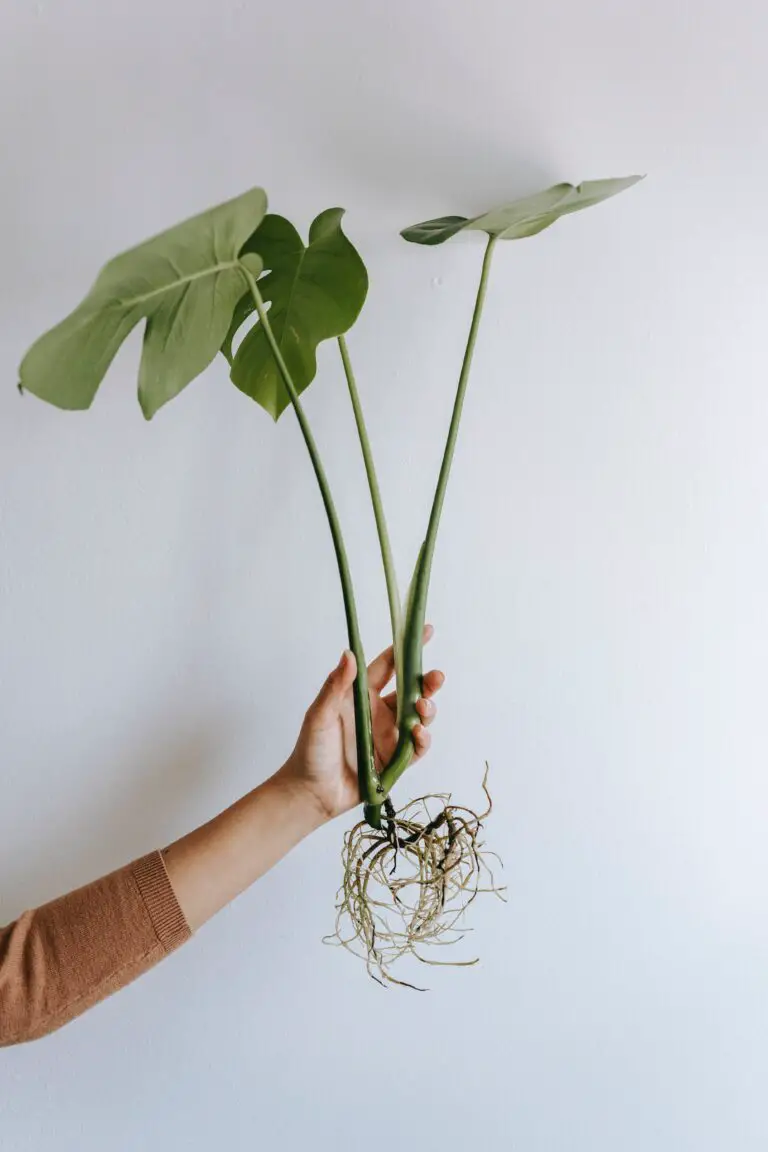
Next, let’s delve into the culinary preference of our fleshy friend. Feeding your crassula isn’t an everyday affair. Instead, think of it as a seasonal treat. During the growing season of spring and summer, pamper it with a succulent fertilizer. Just like us on a well-deserved vacation, the crassula wants to dine on something rich but only occasionally.
Lastly, we can’t overlook a good haircut, or in this case, pruning. It’s not just for aesthetics but for vigor and vitality. Picture this: you spot an overgrown crassula, leaves crowding each other out, vying for light and air. A prudent snip here and there not only shapes your plant but also encourages new growth, making your crassula more robust. As you remove the excess, you’re essentially telling your plant, “Grow, my friend, grow!”
In integrating these nuggets of wisdom, your crassula will be more than just a survivor; it will be an exuberant, leafy emblem of your nurturing prowess. Water wisely, feed thoughtfully, and prune with gusto, and watch as your crassula transforms into a veritable beacon of green vitality, no longer pondering the perplexing question of why it’s losing leaves.
Frequently Asked Questions
Are you scratching your head, wondering “why is my crassula losing leaves?” You’re not alone! This section dives into the leaf-dropping conundrum of the beloved Crassula, providing insights that every plant parent should know. Let’s untangle this mystery together, shall we?
Is It Normal for Crassula to Shed Leaves?
Imagine you’re donning a heavy winter coat in the scorching summer sun—that’s how a Crassula feels when it’s holding onto excess leaves in suboptimal conditions. A little shedding is normal, akin to a tree dropping leaves in fall. But if your Crassula is going bald like a Christmas tree in January, it’s a signal to change something up!
Watering Woes: Finding the Balance
Picture a Crassula like a camel, storing water in its luscious leaves. Drown it with love (read: too much water) and it’ll protest by dropping leaves. On the flip side, a thirstier-than-a-desert Crassula will also ditch its leafy luggage. The trick is to keep the soil as moderately moist as a well-wrung sponge—a delicate balance!
Light: A Beacon or a Threat?
A spotlight on the stage makes an actor shine, but too intense a beam can wash out even the best performance. Crassulas bask in bright, indirect light, but if placed in the harsh afternoon sun, expect a leaf rebellion. Similarly, too little light leads to a weak, leggy plant staging a leaf drop protest. Aim for that sweet Goldilocks zone—just right!
Cool Breeze or Arctic Gale?
Moderation is key when it comes to airflow. A gentle breeze helps your Crassula breathe easy, but imagine being in a wind tunnel 24/7—nobody’s idea of cozy, right? If your plant’s leaves are fluttering off like birds in a gale, it’s time to reassess its position. Keep it out of the path of drafts, whether from an AC unit or an open window.
Still wrapping your head around Crassula care? This video offers practical tips for keeping those leaves firmly attached:
Now that you’ve armed yourself with the know-how, it’s like being a detective in your own garden—spot the clues, deduce the issue, and restore harmony to your green oasis. Remember, a happy Crassula equals a happy plant parent—so keep those questions coming!



